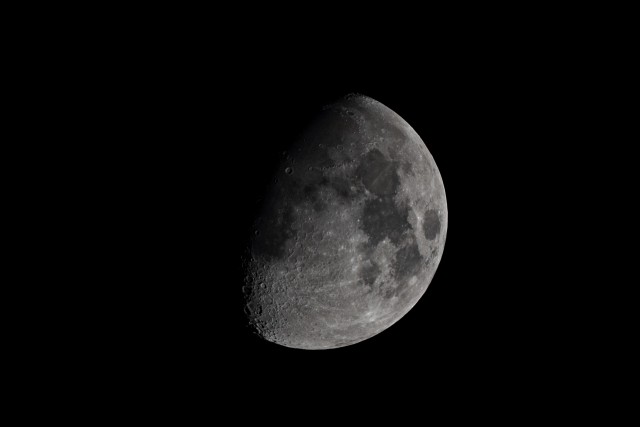
A bright moon dominated the night sky on the evening of Nov 2nd, 2014. I used it as a focusing target before starting to shoot DSO’s. The image came out good enough to post here.
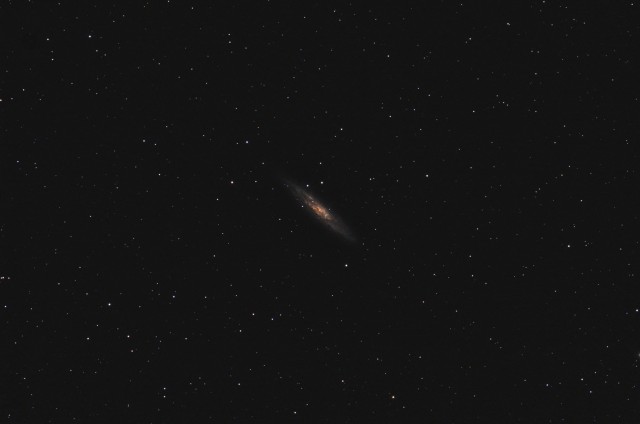
I just had to visit my old friend, NGC 253, just to see how it was doing. A bright moon and only a short window of possible imaging time did not let me get much data, but at least I got to see it again.
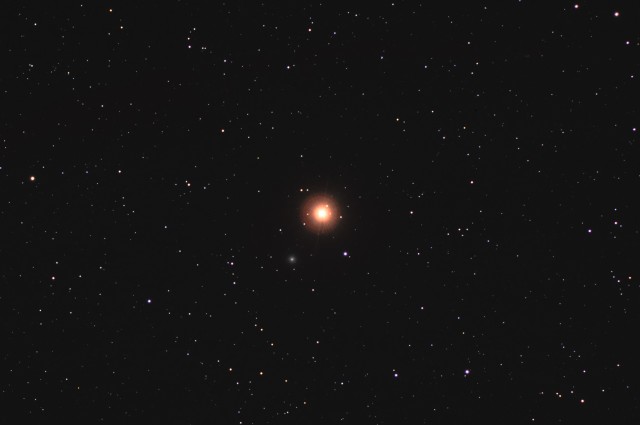
An appropriately named object was chosen as an early evening test target on Halloween night, 2014. Mirach is Beta Andromedae and it is a jump off point for finding M31 and M33. Mirach’s Ghost is that small object very near Mirach that looks almost like a reflection glint of the bright star itself. Nope, it is actually NGC 404, a small elliptical galaxy that just happens to lie in the same line of sight.
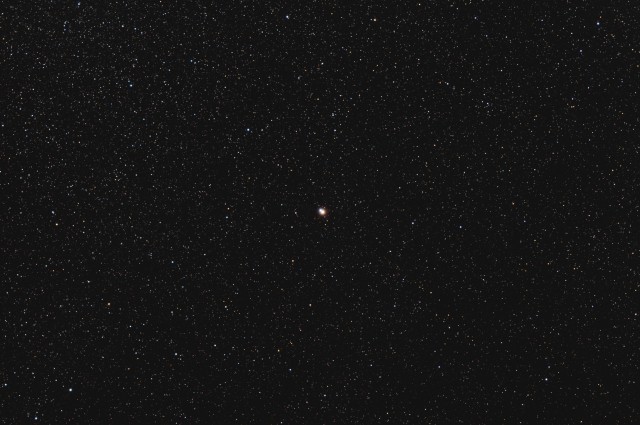
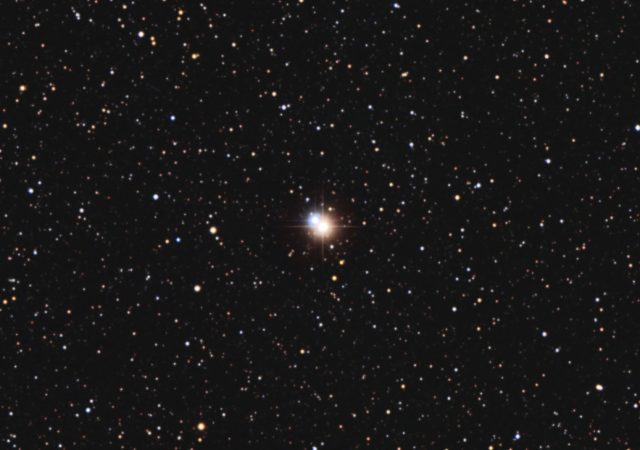
I started off Halloween night by imaging Albireo, an amazing double star in Cygnus. It was during twilight and there was also some moonlight, so I went with ISO 400 so that I could do 1 minute exposures and get good color and depth.
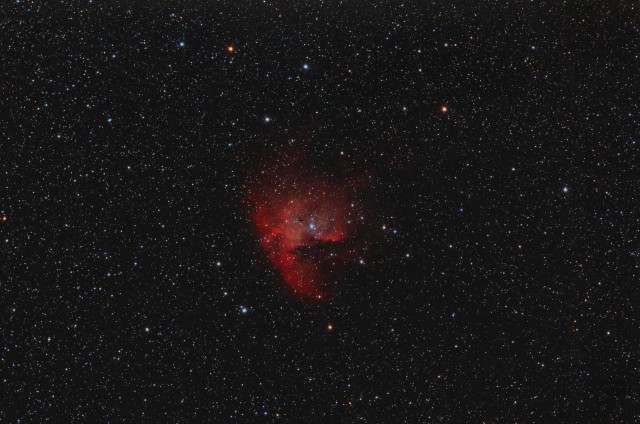
Over 3 hours worth of data in 5 minute ISO 1600 sub-images were used for this image of the PacMan Nebula. It came out alright, I guess. I didn’t have to do much noise reduction on it and it still seems reasonably smooth.
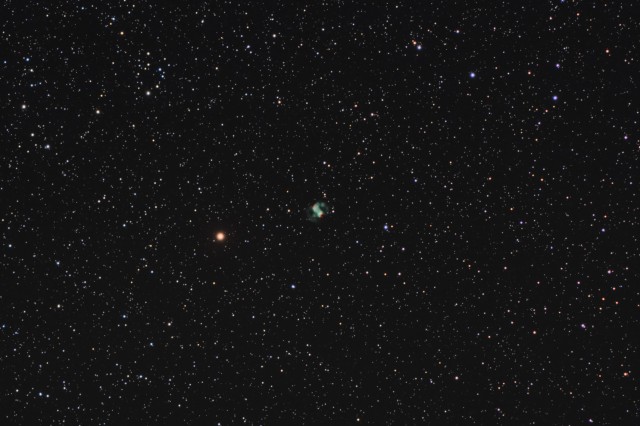
Here is the “Little Dumbbell” Nebula, otherwise known as Messier 76, NGC 650/651, the Barbell Nebula, or the Cork Nebula. It is a planetary nebula in the constellation Perseus. I had never imaged it before, so now I finally got something on it.
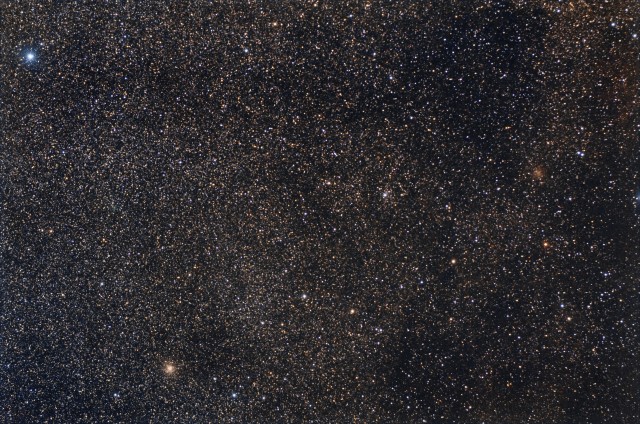
Two globular clusters in Aquila and a very tiny comet are visible in this image. I only wanted to check the size of Comet Jaques on this night, since I missed imaging it when it was at it’s best. I regret that I did not get a chance to shoot it back then, but at least I finally got to see it.
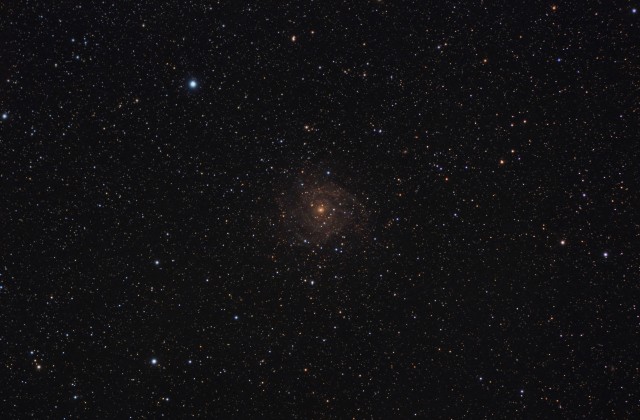
Here’s one you don’t see too often. A large spiral galaxy that happens to be dimmed by dust in our galaxy. If it were not for that dimming, this object would be one of the brighter DSO’s in the sky. It is still the 3rd largest galaxy visible to us, behind M33 and M31, the Andromeda Galaxy.
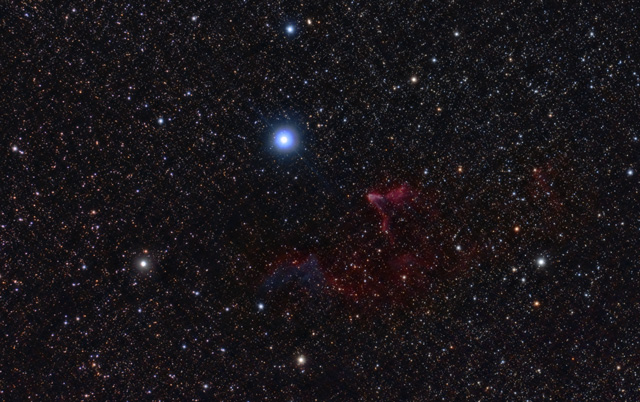
The Gamma Cass area with the, “Ghost Nebula” (IC63) was an appropriate target for this time of year with Halloween just around the corner. This was actually just a test run for how well ISO 6400 would work with 80-100 sub-images. Click the image for an enlargement or click here to see the full size version.